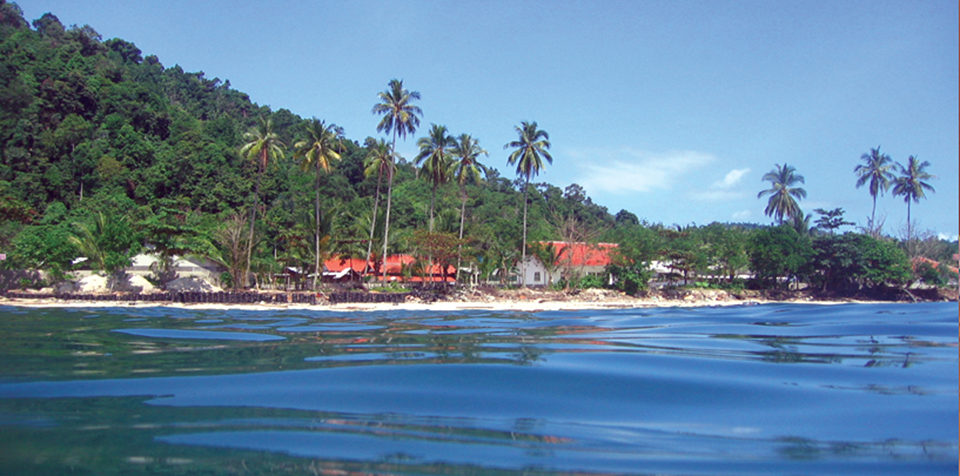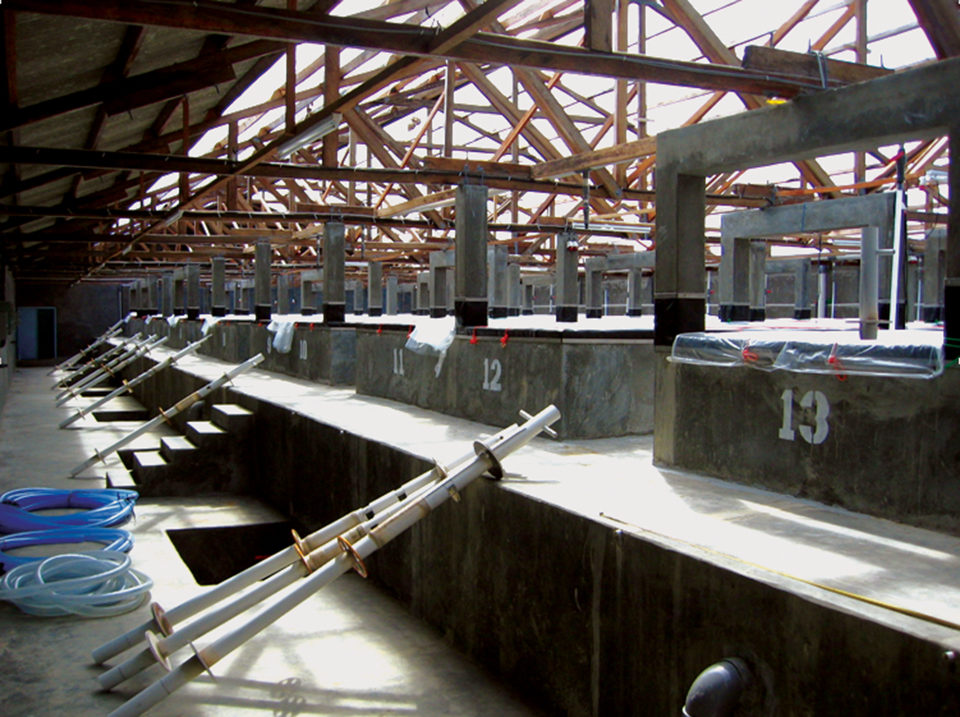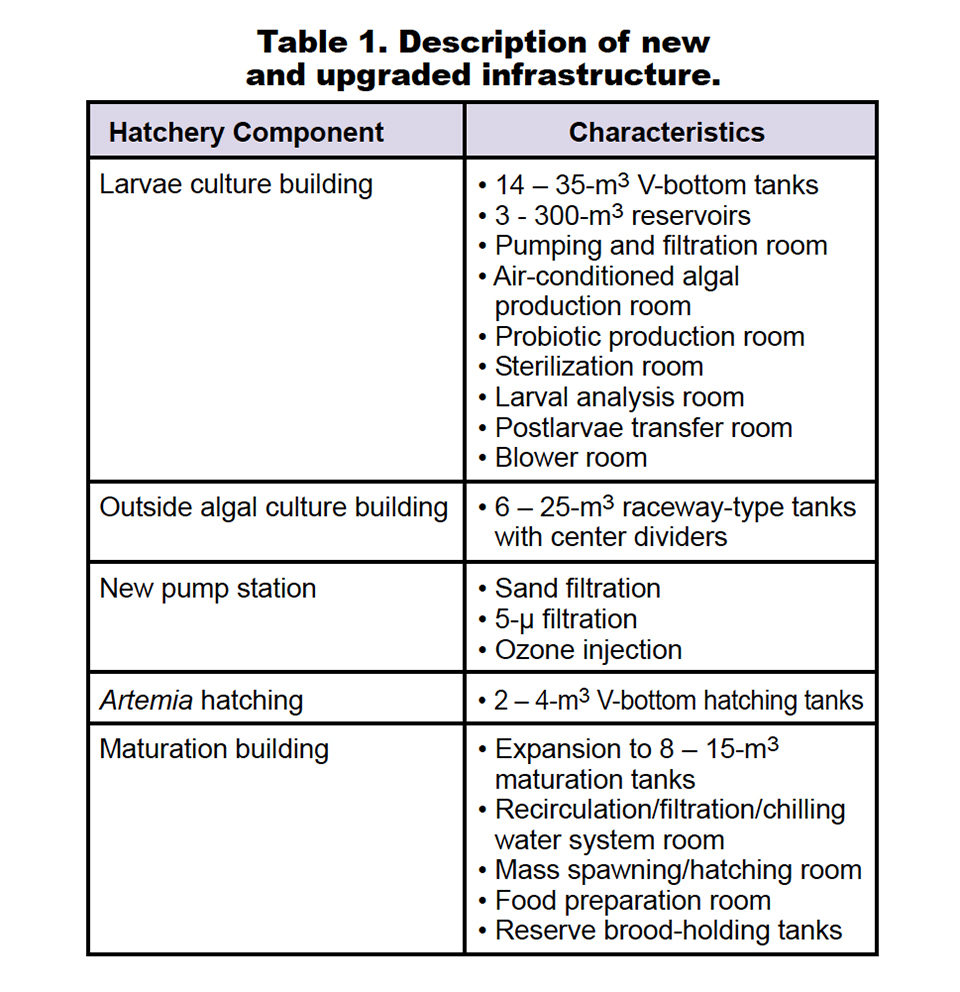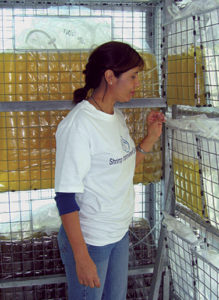Renovation of commercial shrimp hatchery in Indonesia

The foundations of modern shrimp farming were laid in the traditional aquaculture systems developed in Asia, and the techniques developed in that region have spread all over the world. Nowadays, aquaculture technology is also being transferred back to Asia.
Recently this was driven by the spread of farming the Western Hemisphere’s Pacific white shrimp (Litopenaeus vannamei). A complete make-over of a semi-abandoned hatchery for black tiger shrimp (Penaeus monodon) in Indonesia applied hatchery methods refined in the West with white shrimp.
Original infrastructure
Successful intensive farming of L. vannamei in Indonesia and other parts of Asia requires a consistent supply of high-quality postlarvae. In late 2004, P.T. Prima Larvae contracted the author’s company, Hatchery Production Consultants, to reactivate its hatchery facility in Lampung in southern Sumatra.
The original infrastructure consisted of two buildings. The first had 10, 50-cubic-meter concrete tanks for larviculture. Another maturation building contained four 15-cubic-meter round tanks. The system was used to produce P. monodon fry in the past, but reduced demand led to the hatchery’s closure.

Renovations
Over the last 14 months, the HPC team from Florida, USA, oversaw the transformation of a traditional Asian hatchery into a Western-style operation with an emphasis on incorporating the latest available technology for L. vannamei postlarvae production. Construction of new infrastructure (Table 1) lasted from February 2005 to April 2006. In addition, staff lodging quarters and the generator building were also upgraded.

Operation
The renovated maturation department is now operated on a recirculation water system with less than 10 percent of the total water volume added daily. This reduced discharge enabled greater control of critical water parameters, decreased contamination risk, and increased productivity.
The overall mating rate was maintained above 10 percent per day. The genetically improved broodstock used in the hatchery were obtained from an established and reputable commercial operation in the Florida Keys, USA. All feeds were obtained from biosecure sources in Europe and the U.S. Starting with pure cultures, algae were grown indoors in caged plastic bags. The outside mass cultures were grown in covered raceways using mechanical paddlewheels for water movement and aeration.
Postlarvae production

Postlarvae were continually produced with survival rates above 60 percent using ozonated, ultraviolet-treated water filtered to 1 µ in combination with an in-house probiotic. By avoiding the costly, traditional dry-out/disinfection down time, it was possible to make efficient use of the nauplii produced from the maturation department.
The new infrastructure facilitated the production of larvae with a two-stage system transferring PL2-3 from the V-bottom tanks into the square, flat-bottom postlarvae tanks. Artificial substrates were used to increase the available surface area for benthic feeding.
The team also improved growth rates considerably by using benthic algae and other highly nutritious diets. The end result was consistent production of 8-mm, PL8 in 15-16 days from nauplii.
(Editor’s Note: This article was originally published in the November/December 2006 print edition of the Global Aquaculture Advocate.)
Now that you've finished reading the article ...
… we hope you’ll consider supporting our mission to document the evolution of the global aquaculture industry and share our vast network of contributors’ expansive knowledge every week.
By becoming a Global Seafood Alliance member, you’re ensuring that all of the pre-competitive work we do through member benefits, resources and events can continue. Individual membership costs just $50 a year. GSA individual and corporate members receive complimentary access to a series of GOAL virtual events beginning in April. Join now.
Not a GSA member? Join us.
Author
-
Andy Watkins
Hatchery Production Consultants
1024 Snapper Lane
Key Largo, Florida 33037 USA[116,101,110,46,104,116,117,111,115,108,108,101,98,64,116,97,119,121,100,110,97]
Tagged With
Related Posts

Health & Welfare
Advances in intensive copepod production technology
Research at the Oceanic Institute has been successful in overcoming bottlenecks associated with rearing small-mouthed fish larvae by finding a suitable first feed. Early work on the calanoid copepod Parvocalanus crassirostris focused on parameters necessary for successful maintenance of stock cultures.

Responsibility
A helping hand to lend: UK aquaculture seeks to broaden its horizons
Aquaculture is an essential contributor to the world food security challenge, and every stakeholder has a role to play in the sector’s evolution, delegates were told at the recent Aquaculture’s Global Outlook: Embracing Internationality seminar in Edinburgh, Scotland.

Aquafeeds
A look at India’s fish feed industry
India's fish-farming industry makes limited use of modern feeds, providing potential for the feed sector to grow. Commercial feeds are predominantly used for pangasius farming, followed by a rising popularity in carp culture.

Aquafeeds
A look at the SME controlled extrusion process
A study was conducted using a Twin-Screw Extruder equipped with Specific Mechanical Energy (SME) and Density Control valves, to determine the effect of SME on the water stability of shrimp feeds. Further research is needed to evaluate the performance.


